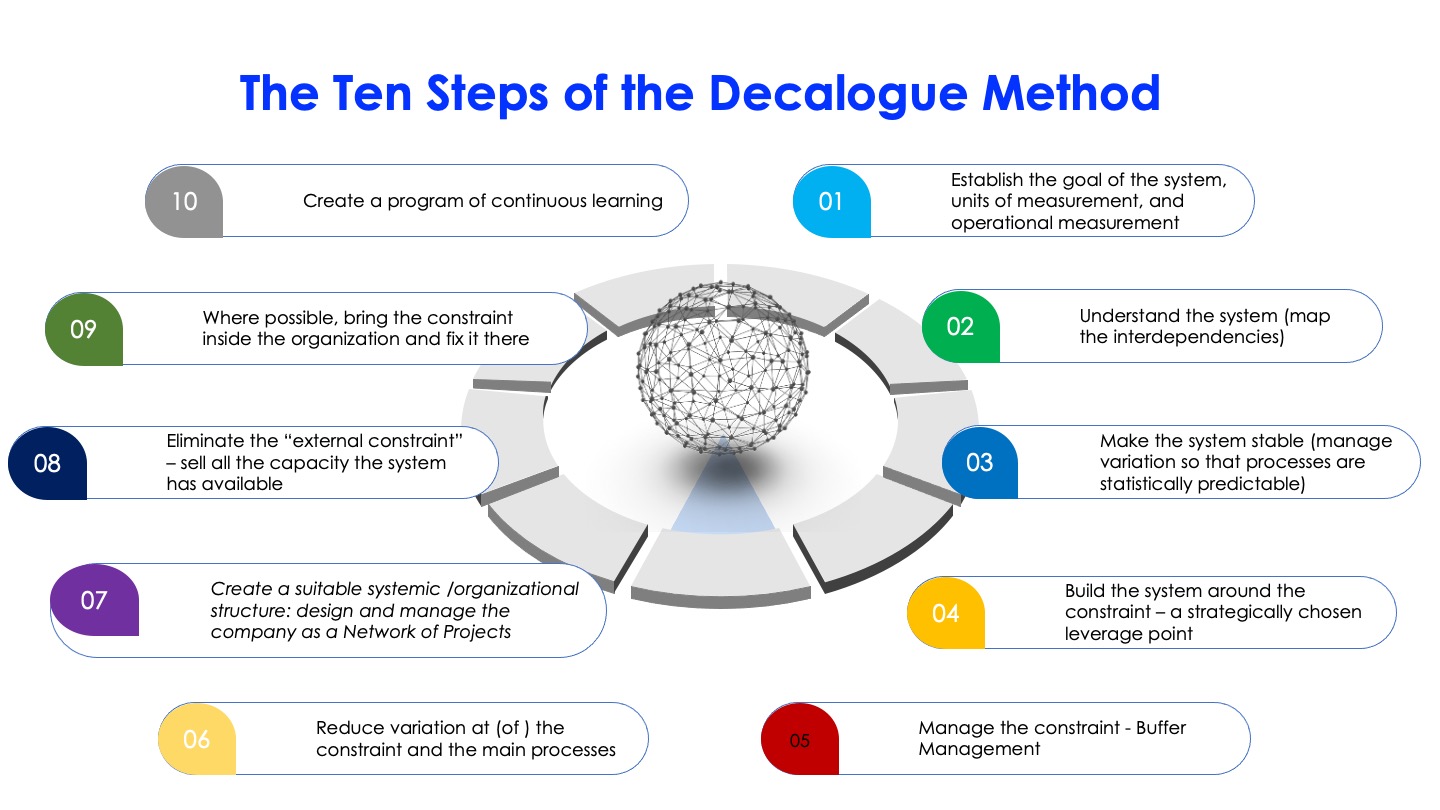
Everything has changed. Things that were unthinkable not so long ago are coming to pass. And change is accelerating.
If that’s the case, how can it make sense to keep on running and shaping organizations the way we did twenty years ago? This is an ostrich solution – putting our heads in the sand, doing things in a way that is familiar and that worked in the past while hoping for better times.
The problem with that attitude is that we are never going back. Our future is not the repetition of our past. The changes happening in our world are interconnected and they are gathering momentum.
Open your eyes to a new way of understanding what’s going on
Not only our reality, but also our way of understanding reality and nature has changed. However, this understanding has not yet permeated most people’s way of thinking.
What has happened? Science traditionally saw the world in a deterministic way. If you hit a billiard ball you can know in advance the precise trajectory it will take. This began to shift with the new physics of the early twentieth century. In the second part of the twentieth century, branches of science, including physics, mathematics, biology and some social sciences, began to study complex systems. Rather than just looking at individual components, systems science focuses on interactions. It emphasizes the importance of feedback, nonlinearity, and emergence, which are fundamental characteristics of many complex systems.
Why should we care about this in business? Because we live in a world that is increasingly complex with an unprecedented level of interdependencies. The pandemic with its knock-on effects on healthcare and supply chains has been a dramatic illustration of this. We are all immersed in networks, both inside our company and outside, and we need a way to understand, govern and interact with this kind of reality.
The good news is that there is already a whole body of knowledge that addresses organizations and how to manage them as systems. Companies need to absorb this knowledge and understanding because it is no longer enough to think about any single company or organization as a collection of individuals to be controlled and measured separately or within their silos and business functions. Leaders and managers need to understand that the company is a system, a network of interdependent components that work together to achieve a common goal. They must think about how people connect and interact within the company to achieve the goal and how the whole company interacts within its wider value network. They have to be able to design interdependencies that work well and that enable all the competencies available to contribute towards the goal in a synchronized way. In this way, they can orient and focus the entire organization towards achieving the goal.
The new competitive edge: knowledge and understanding

A huge competitive edge is to be gained when a company equips itself with this new level of systemic knowledge and understanding. By learning to think and behave systemically and not just in a traditional, linear way, we begin to see interconnections that create a whole new set of opportunities.
Just some of the benefits lie in the ability to:
- undertake strategy and behavioural changes that will set us apart from the competition
- achieve fundamentally more with the resources and competencies available
- create more meaningful and satisfying work where everyone sees and understands the role they play in achieving a common goal
- radically improve the overall performance of the company by reducing variation and focusing on a strategically chosen leverage point (constraint)
- make value propositions based on breakthrough solutions
- control operations systemically
Do you have to change everything, everywhere, all at once?

It’s time to change the way we think about organizations, the way we run them and the way we manage our people.
Everyone knows that change is hard, but it is necessary. Today, It’s about letting go of what no longer works without becoming destabilized. We can do this when we base change on real knowledge and understanding. We can do it in a way that is grounded because there is a method.
We don’t have to change everything, everywhere, all at once. We can carefully craft a fully transformative change, knowing what all the steps are.
When introducing change, positivity is key, as long as it is based on real knowledge and understanding.
Leadership today: don’t command, connect

People have evolved and so must leadership. Command and control can only work in outdated top-down hierarchies. It’s not about telling people what to do any more. It’s about creating the right kind of organization where well designed interdependencies, not lines of command, are clear. It requires continuous effort to ensure that responsibility is aligned with authority so people can carry out the work they are asked to do.
The skills required to lead and manage people systemically in today’s complex environments can be learned and the knowledge, method and tools have been available for decades. They are not being taught in Business Schools where courses are offered in silos. This, too, will change. In the meantime, companies that want to be ahead of the curve need only take advantage of a wealth of knowledge and experience to propel their business to a whole new level of performance and growth.







Leave a Reply